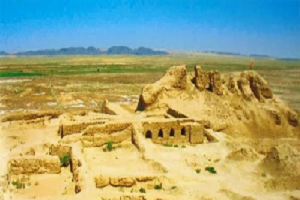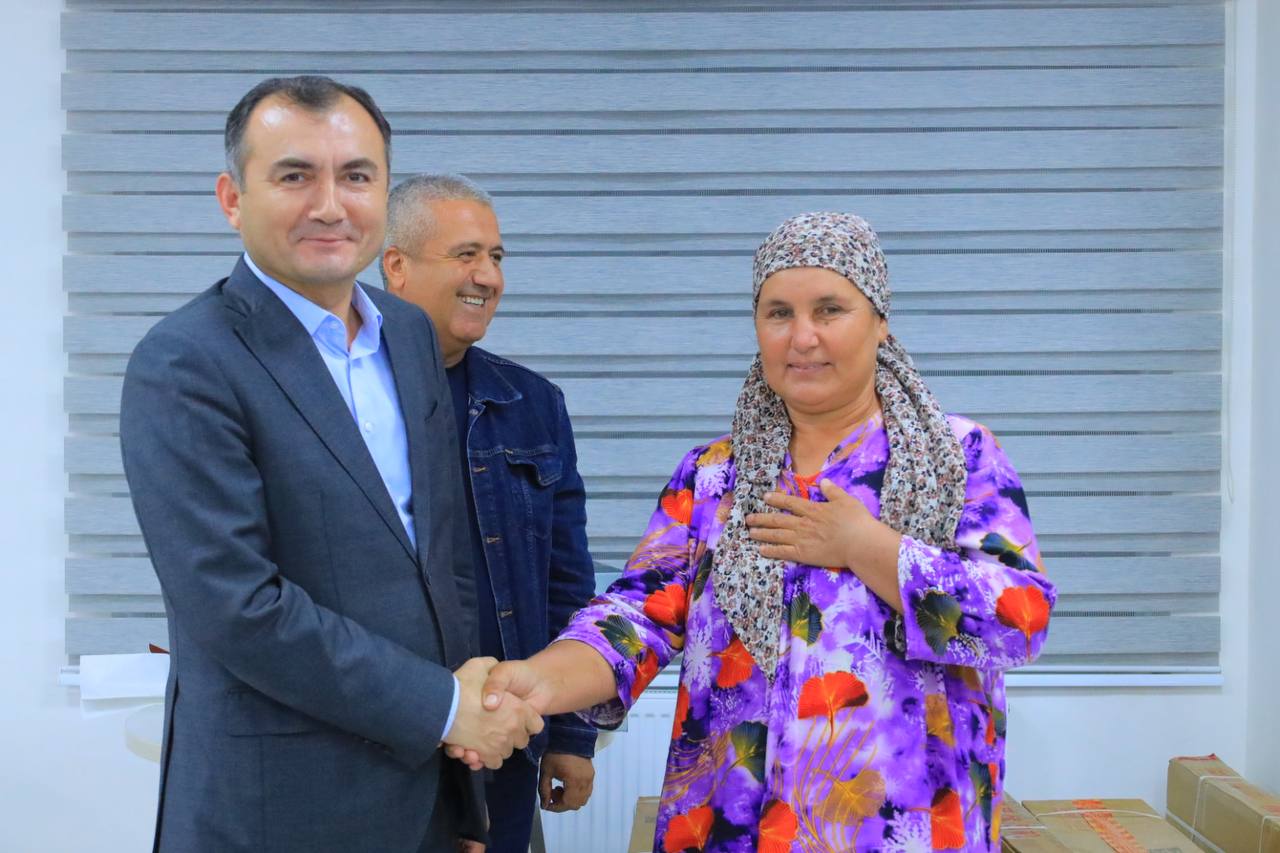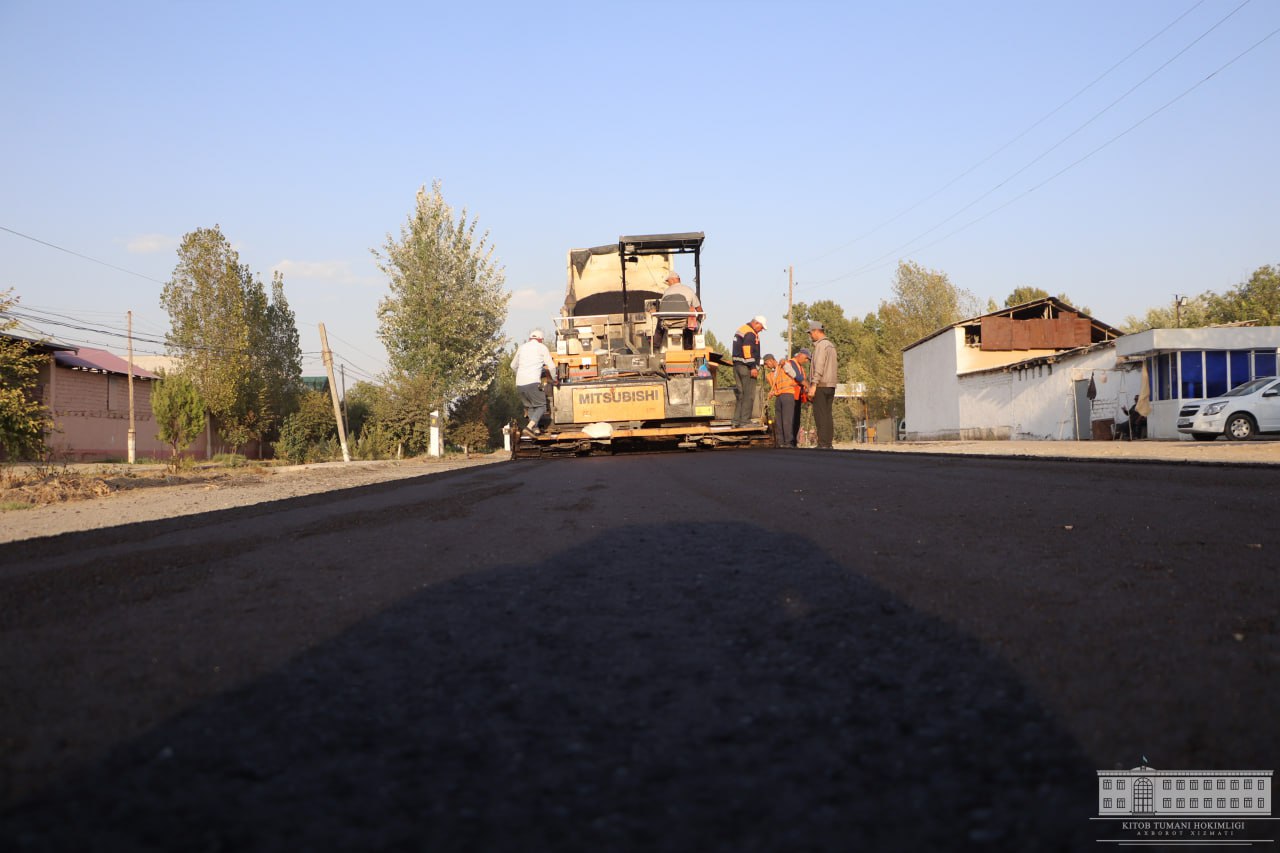It is well known from history that the city of Karshi saw many wars of aggression in ancient times. The city as the legendary bird Kaknus, which was broken, destroyed, burned, and the city was built on a new place.
It is known that the city of Karshi, whose history dates back to the 7th century BC, has always been a stumbling block for the conquerors: they met stubborn resistance of the population here. The names of the heroes who sacrificed their lives for the freedom of their people survived centuries and are preserved in the memory of their descendants. Among them is Spitamen, who impressed Alexander the Great with his heroism, Hashim ibn Hakim (Mukanna) who did not give rest to the Arab invaders, Amir Temur, who liberated Central Asia from the Mongol yoke.
The city was called Nahshab until the 14th century, when the Turkish fort was built here and the city was named Karshi.
The historical sights of Karshi, besides the ancient settlement of Yerkurgan, include: Odin Madrasa (XVI century) which was the only female educational institution in the region, the Cook Gumbaz mosque (XVI), Bekmir (XVI), Kilichboy, Khoja Kurban, Magzon and Charmgar ( XIX — XX), brick bridge over Kashkadarya (XVI), Sardoba (XVI). The Friday mosque Kuk-Gumbaz in Karshi, located next to the city market, is similar to the mosque of the same name in Shakhrisabz.
Karshi was connected by rail with Tashkent and Almaty, Kazakhstan, since the completion of one line of the railway line in 1970. Karshi is known for its production of woven carpets.
From Karshi, you can make trips to the western or south-western part of the region, where the steppes turn into deserts. Here, on the edge of the desert, the truth of ancient wisdom is especially clearly recognized: "water is life." Hundreds of wells are scattered throughout the Karshi steppe. In some, water is pumped from the depths by powerful pumps, from other wells, as before, it must be lifted by hand or used for this an ass or a horse. In many steppe wells, the water is brackish, it is mainly watering numerous flocks of sheep grazing in the steppe. The deepest well, punched by hand in solid ground like stone at a depth of 97 meters, is located in the village of Pamuk, on the border of the Karshi steppe.
Other irrigation facilities, Sardoba, are among the peculiar attractions worthy of the attention of tourists: these are huge reservoirs lined of baked brick prepared using a special technology and recessed into the ground by two thirds. They are designed to collect and store water. A dome folded from brick protects the accumulated water from sand and dust and prevents the evaporation of moisture under the hot rays of the sun. Surviving Sardoba can be found in the vicinity of Karshi and Kasbi.
Qambar Nasriddinov,
Candidate of Historical Sciences, Associate Professor
"qashqadaryogz.uz"
Yangiliklar













